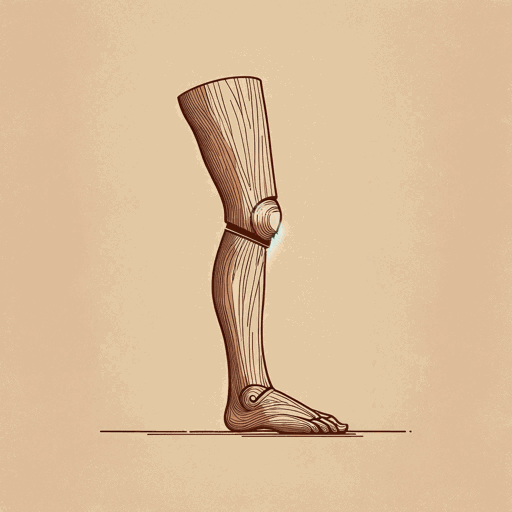41 pages • 1 hour read
Natalie Zemon DavisThe Return of Martin Guerre
Nonfiction | Book | Adult | Published in 1983A modern alternative to SparkNotes and CliffsNotes, SuperSummary offers high-quality Study Guides with detailed chapter summaries and analysis of major themes, characters, and more.
Chapters 12-EpilogueChapter Summaries & Analyses
Chapter 12 Summary: “Of the Lame”
Davis writes of the success of Coras’s Arrest Memorable in the years that followed the trial, but Coras’s success does not last. In 1572, five years after the fifth reprint of his book, Catholics imprisoned and lynched Coras, along with other Protestant judges. Coras’s legacy lived on in his writings, and “[b]y the early seventeenth century, ‘l’arrest de Martin Guerre’ was listed among central texts for anyone being trained in jurisprudence” (115). Le Sueur’s Historia “followed the expected path of a news account as it is printed and reprinted and transformed into a popular legend” (115).
Judges, scholars and writers who read the story of Martin Guerre “were in accord in making Arnaud du Tilh the inventive figure in the tale, to be admired and feared, envied and rejected” (118). Bertrande de Rols did not play a significant role in the retellings of the story, until the twentieth century, except in the responses of two men in particular: “One comes from the poet Auger Gaillard,” (118) who takes the side of the wife, and the other comes from Montaigne, who “insists how difficult it is to know the truth about things and how uncertain an instrument is human reason” (119).

